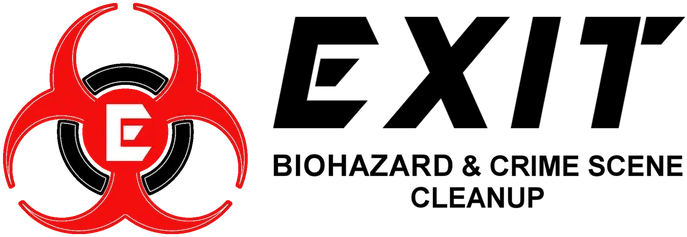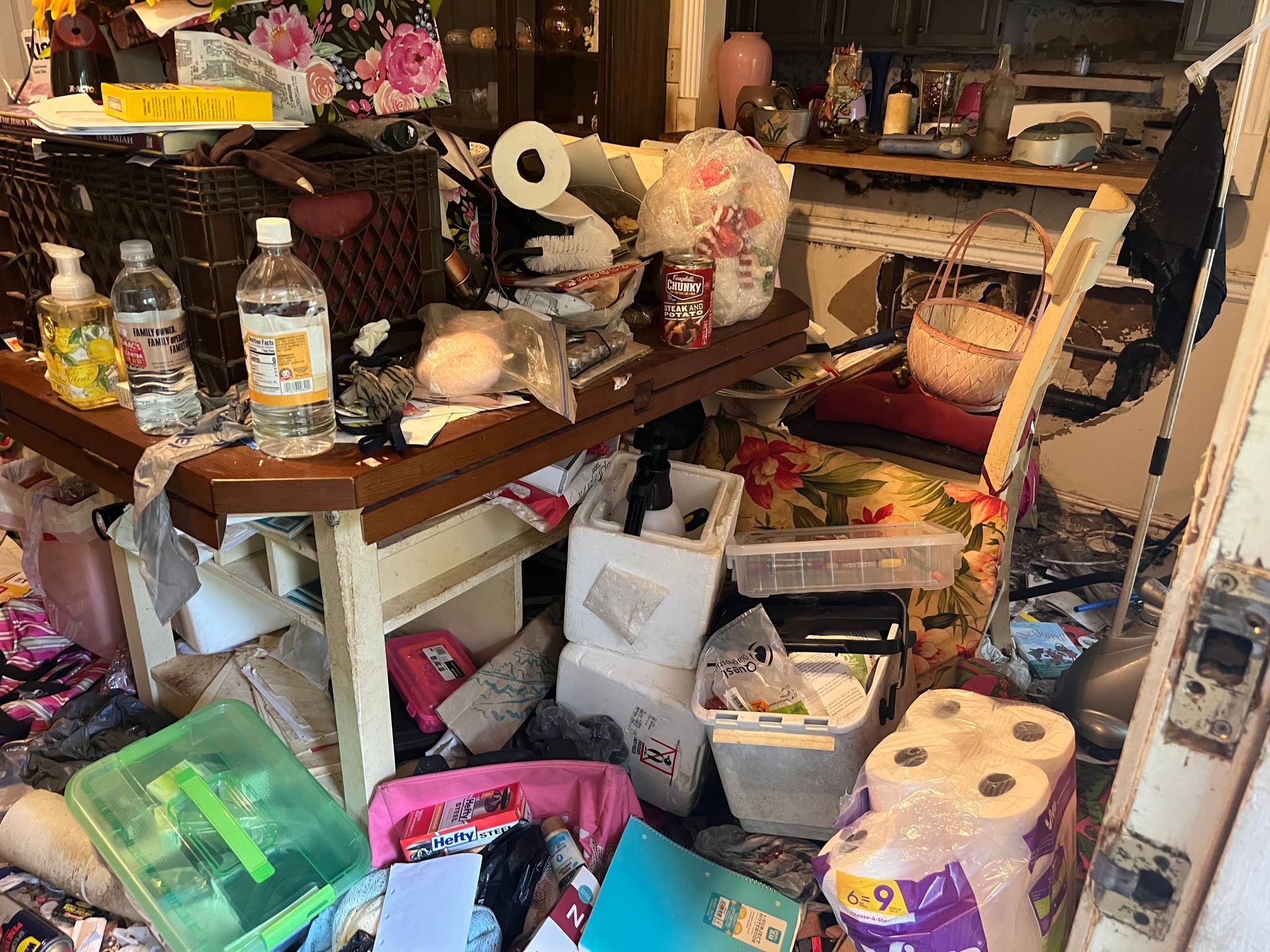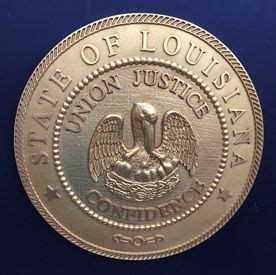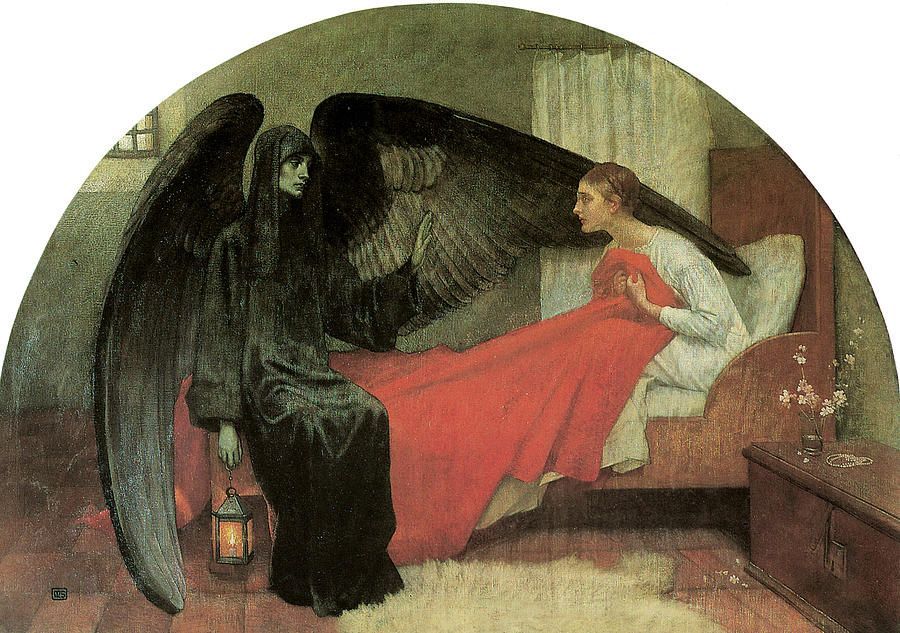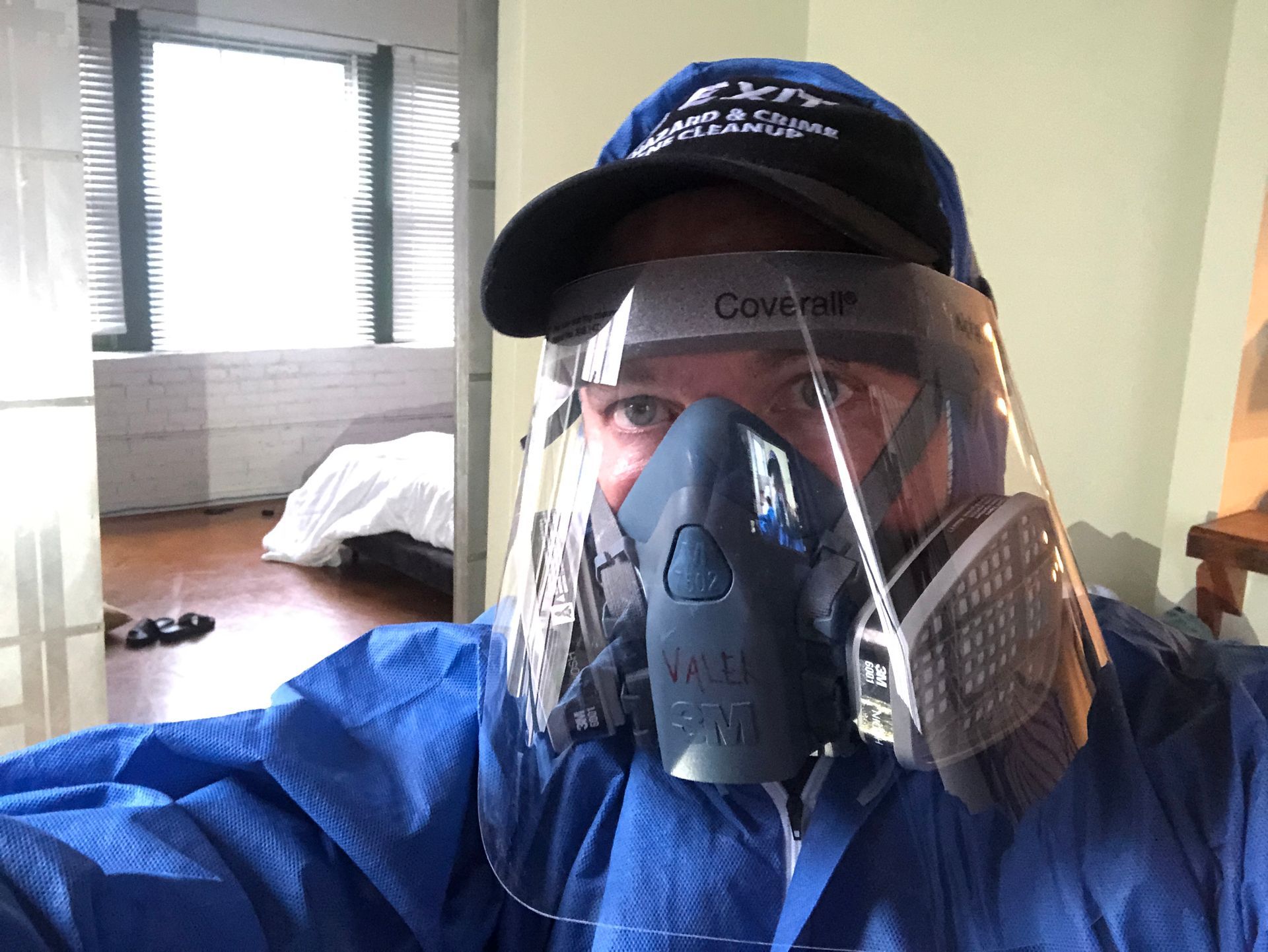Disinfectant Foggers and Sprayers, Virus killer
February 18, 2020

What is disinfectant fogging?
It is Chemical fogging: Applying chemical disinfectants to areas as fogs or mists to kill bacteria, mold and viruses. With the COVID-19 (Corona Virus) pandemic outbreak there is a strong need and focus on property disinfection. Since one of our services at Exit Biohaz ard and C rime Scene Cleanup is to Disinfecting properties like homes and businesses, we use several tools to do the job. Our favorites for disinfecting is a ULV (Ultra Low Volume) fogger which sprays fog throughout the room, on the surfaces and in the nooks and crannies. Fog gets everywhere and if you use the right disinfectant it kills 99.99% of mold, bacteria, and viruses such as the corona virus.
Foggers come in all shapes and sizes and what you choose may depend on many factors such as range, portability, power needs, general use, what type of chemicals they can use, as well the droplet particle sizes they produce. The main factor and what really sets these apart is the size of the droplets made by each machine and the process on which it makes these droplets which form the fog.
What is a Micron?
Droplet sizes are measured in microns. For Size comparison, a human red blood cell is about 5 microns across. A micron is 1/1000 millimeter, or about 1/25,000 of an inch. For perspective, a human hair is about 100 microns in diameter.
The droplet size produced by thermal and cold foggers will vary based on the model of the fogger. But as a rule, Thermal foggers generally will produce smaller in size droplet particles, averaging from about 0.5-10 micron range which is a very noticeable fog, while ULV foggers will output a bit larger in size droplet particles, averaging from 5-40 micron range which is a less dense looking fog.
The droplet sizes is something along with other factors that we use as a guild to determine when buying or using a fogging system. If you are looking for primarily out door use for Mosquito control, or general pesticides you would need a very small droplet size in the range of 5-10 microns because you need a dense fog with small particles to kill mosquitoes and get into the smallest areas in the plants and trees where they live. You want a very dense fog that completely surrounds and penetrates everything. Generally, for this you would choose a thermal fogger for this. Since we here at Exit Biohazard and Crime Scene Cleanup are focused on disinfecting indoor property we are looking a foggers that can give us a fog with droplet sizes that are small enough to get into all of the tight spaces but large enough to do the job without being too large and soaking the surfaces we spray. Something in the range of 20 to 50 microns and possibly larger. There are times in our trauma cleaning that we require a fogger or sprayer that had droplet sizes that are larger that range from a fog to a mist. For example, if there are brains splattered on the wall that have dried out, we often have to spray them to soften them up, so a fogger with a large droplet fog or mister comes in handy.
We also don’t want our disinfectants to dry too fast so that they can do their virus killing job. If the droplet size is too small the fog solution may dry before it has a chance to work properly. Disinfectants require a Dwell time (or contact time). This the amount of time the surface must remain visibly wet in order to kill pathogenic microorganisms before the disinfectant dries or is wiped off. The surface needs to be left undisturbed.
Most EPA-registered hospital disinfectants have a label contact time of 10 minutes. However, many scientific studies have demonstrated the efficacy of hospital disinfectants against pathogens with a contact time of at least 1 minute so the dwell time on some disinfectants may vary. Droplet size is a particularly important factor in choosing a fogging system.
The types of Foggers
Types of foggers are: Thermal foggers, ULV Cold Foggers and Electrostatic Foggers. These 3 types have different fogs they produce based on droplet size and some have more specific uses such as indoor or outdoor uses, how they are powered and what types of chemicals they require.
What is a thermal fogger?
As the name suggests it is a fogging system that uses heat to turn the chemical solutions into a fog. Thermal foggers use heat to produce extremely tiny particles, as small as 0.5 microns, which can penetrate very small areas indoors and outdoors. The chemical solution is vaporized to produce a dense and thick cloud of fog which is very visible and resembles smoke.
Thermal foggers are diverse when it comes to how they are powered and the scale in which they can be used. They have models that run on propane, gas, and electric so these can be made to cover everything from small areas to very large areas such as farms and fields. They can be large industrial units mounted to trucks that can spray acres or small handheld portable units that are good for basements. The electric and propane ones can be used in doors if needed but the gas-powered ones are strictly for outdoors. Thermal foggers generally use oil based chemicals but some are fine with water based chemicals as well. Typically these are used for pesticides and herbicides.
What is a ULV Fogger?
The ULV fogger is considered a cold fogger since it doesn’t use heat to make the fog. It uses a pump to pressurize and push the chemicals out of the nozzle to atomize the liquid into very small droplet particles that create a fog. Droplet sizes rang from 10 microns to 120 microns which is more of a wet mist. They should only be used with products that are safe for use in the presence of people when adjusted to levels below 80 microns. Since these produce a very consistent droplet particle size and can be adjusted by adjusting the flow rate, they are especially versatile if you need to fog different areas or use the fogger for various purposes. ULV foggers use water based chemicals which rage from pesticides and mold killing solutions to Disinfectants which is what we at Exit Biohazard Cleanup focus on. These foggers generally are powered by electricity and now there are some which are not corded but battery operated which is very helpful for ease of use. These foggers are used for full room disinfecting and even can be set to be left alone for a time to do the job without needing a person to hold it. These range in size from handheld and backpack style to larger wheeled cart versions to fog larger areas.
What is an Electrostatic Sprayer / Fogger?
Lastly there are Electrostatic sprayers. What is an electrostatic sprayer / fogger? It is another type of fogger which is basically a ULV type fogger / sprayer that has a special feature. It charges the chemical solution to make it statically attracted to surfaces so that it aids in the disinfecting process. Electrostatic Spraying equipment has emerged as the “new next best thing” since the recent addition of being powered by batteries which is highly convenient. The Victory Innovations company has produced the world's first cordless Electrostatic Sprayers. Victory's handheld and backpack sprayers ensure you will find the perfect tool for any application. These units can spray an area but are directional and surface specific. They offer a handheld unit and a backpack unit which are battery powered and cord free. Of course, there are other brands and these systems are another great addition to any disinfecting arsenal.
We at Exit Biohazard see the need to have all these types of foggers so that we can make sure we have the latest tools at hand to disinfect any situation. Don’t try to do this yourself and don’t take the chance of letting the corona virus survive in your home or office. We come prepared with the full PPE, Personal protective equipment and our people are highly trained to give you the best service. Call Exit for a quote .
It is Chemical fogging: Applying chemical disinfectants to areas as fogs or mists to kill bacteria, mold and viruses. With the COVID-19 (Corona Virus) pandemic outbreak there is a strong need and focus on property disinfection. Since one of our services at Exit Biohaz ard and C rime Scene Cleanup is to Disinfecting properties like homes and businesses, we use several tools to do the job. Our favorites for disinfecting is a ULV (Ultra Low Volume) fogger which sprays fog throughout the room, on the surfaces and in the nooks and crannies. Fog gets everywhere and if you use the right disinfectant it kills 99.99% of mold, bacteria, and viruses such as the corona virus.
Foggers come in all shapes and sizes and what you choose may depend on many factors such as range, portability, power needs, general use, what type of chemicals they can use, as well the droplet particle sizes they produce. The main factor and what really sets these apart is the size of the droplets made by each machine and the process on which it makes these droplets which form the fog.
What is a Micron?
Droplet sizes are measured in microns. For Size comparison, a human red blood cell is about 5 microns across. A micron is 1/1000 millimeter, or about 1/25,000 of an inch. For perspective, a human hair is about 100 microns in diameter.
The droplet size produced by thermal and cold foggers will vary based on the model of the fogger. But as a rule, Thermal foggers generally will produce smaller in size droplet particles, averaging from about 0.5-10 micron range which is a very noticeable fog, while ULV foggers will output a bit larger in size droplet particles, averaging from 5-40 micron range which is a less dense looking fog.
The droplet sizes is something along with other factors that we use as a guild to determine when buying or using a fogging system. If you are looking for primarily out door use for Mosquito control, or general pesticides you would need a very small droplet size in the range of 5-10 microns because you need a dense fog with small particles to kill mosquitoes and get into the smallest areas in the plants and trees where they live. You want a very dense fog that completely surrounds and penetrates everything. Generally, for this you would choose a thermal fogger for this. Since we here at Exit Biohazard and Crime Scene Cleanup are focused on disinfecting indoor property we are looking a foggers that can give us a fog with droplet sizes that are small enough to get into all of the tight spaces but large enough to do the job without being too large and soaking the surfaces we spray. Something in the range of 20 to 50 microns and possibly larger. There are times in our trauma cleaning that we require a fogger or sprayer that had droplet sizes that are larger that range from a fog to a mist. For example, if there are brains splattered on the wall that have dried out, we often have to spray them to soften them up, so a fogger with a large droplet fog or mister comes in handy.
We also don’t want our disinfectants to dry too fast so that they can do their virus killing job. If the droplet size is too small the fog solution may dry before it has a chance to work properly. Disinfectants require a Dwell time (or contact time). This the amount of time the surface must remain visibly wet in order to kill pathogenic microorganisms before the disinfectant dries or is wiped off. The surface needs to be left undisturbed.
Most EPA-registered hospital disinfectants have a label contact time of 10 minutes. However, many scientific studies have demonstrated the efficacy of hospital disinfectants against pathogens with a contact time of at least 1 minute so the dwell time on some disinfectants may vary. Droplet size is a particularly important factor in choosing a fogging system.
The types of Foggers
Types of foggers are: Thermal foggers, ULV Cold Foggers and Electrostatic Foggers. These 3 types have different fogs they produce based on droplet size and some have more specific uses such as indoor or outdoor uses, how they are powered and what types of chemicals they require.
What is a thermal fogger?
As the name suggests it is a fogging system that uses heat to turn the chemical solutions into a fog. Thermal foggers use heat to produce extremely tiny particles, as small as 0.5 microns, which can penetrate very small areas indoors and outdoors. The chemical solution is vaporized to produce a dense and thick cloud of fog which is very visible and resembles smoke.
Thermal foggers are diverse when it comes to how they are powered and the scale in which they can be used. They have models that run on propane, gas, and electric so these can be made to cover everything from small areas to very large areas such as farms and fields. They can be large industrial units mounted to trucks that can spray acres or small handheld portable units that are good for basements. The electric and propane ones can be used in doors if needed but the gas-powered ones are strictly for outdoors. Thermal foggers generally use oil based chemicals but some are fine with water based chemicals as well. Typically these are used for pesticides and herbicides.
What is a ULV Fogger?
The ULV fogger is considered a cold fogger since it doesn’t use heat to make the fog. It uses a pump to pressurize and push the chemicals out of the nozzle to atomize the liquid into very small droplet particles that create a fog. Droplet sizes rang from 10 microns to 120 microns which is more of a wet mist. They should only be used with products that are safe for use in the presence of people when adjusted to levels below 80 microns. Since these produce a very consistent droplet particle size and can be adjusted by adjusting the flow rate, they are especially versatile if you need to fog different areas or use the fogger for various purposes. ULV foggers use water based chemicals which rage from pesticides and mold killing solutions to Disinfectants which is what we at Exit Biohazard Cleanup focus on. These foggers generally are powered by electricity and now there are some which are not corded but battery operated which is very helpful for ease of use. These foggers are used for full room disinfecting and even can be set to be left alone for a time to do the job without needing a person to hold it. These range in size from handheld and backpack style to larger wheeled cart versions to fog larger areas.
What is an Electrostatic Sprayer / Fogger?
Lastly there are Electrostatic sprayers. What is an electrostatic sprayer / fogger? It is another type of fogger which is basically a ULV type fogger / sprayer that has a special feature. It charges the chemical solution to make it statically attracted to surfaces so that it aids in the disinfecting process. Electrostatic Spraying equipment has emerged as the “new next best thing” since the recent addition of being powered by batteries which is highly convenient. The Victory Innovations company has produced the world's first cordless Electrostatic Sprayers. Victory's handheld and backpack sprayers ensure you will find the perfect tool for any application. These units can spray an area but are directional and surface specific. They offer a handheld unit and a backpack unit which are battery powered and cord free. Of course, there are other brands and these systems are another great addition to any disinfecting arsenal.
We at Exit Biohazard see the need to have all these types of foggers so that we can make sure we have the latest tools at hand to disinfect any situation. Don’t try to do this yourself and don’t take the chance of letting the corona virus survive in your home or office. We come prepared with the full PPE, Personal protective equipment and our people are highly trained to give you the best service. Call Exit for a quote .

If you have a case of CDIFF and need help call EXIT BIOHAZARD CLEANUP and have us come and disinfect your home. What is CDIFF? C.diff stands for Clostridium difficile (klos-TRID-e-oi-deez dif-uh-SEEL), which is a germ or bacterium that causes a symptomatic infection due to the spore-forming bacterium, Clostridium difficile. It causes many Symptoms which include watery diarrhea, fever, nausea, and abdominal pain. It makes up about 20% of cases of antibiotic-associated diarrhea. It most commonly affects older adults in hospitals or in long-term care facilities. Complications may include pseudomembranous colitis, toxic megacolon, perforation of the colon, and sepsis which can be life threatening. One in 11 people over age 65 diagnosed with a healthcare-associated C. diff infection die within one month. In general it causes severe diarrhea and colitis (an inflammation of the colon). It’s estimated to cause almost half a million infections in the United States each year. C. diff can affect anyone. Most cases of C. diff occur when you’ve been taking antibiotics or not long after you’ve finished taking antibiotics. There are other risk factors such as being 65 or older, a recent stay at a hospital or nursing home, a weakened immune system, such as people with HIV/AIDS, cancer, or organ transplant patients taking immunosuppressive drugs, or previous infection with C. diff or known exposure to the germs. Because 1 in 6 patients who get C. diff will get it again in the subsequent 2-8 weeks . If you have been taking antibiotics recently and have symptoms of C. diff, you should see a healthcare professional as soon as possible. Getting diarrhea is fairly common while on, or after taking, antibiotics, but in only a few cases will that diarrhea be caused by C. diff . So if your diarrhea is severe you need to talk to your doctor and do not delay getting medical care. Your doctor will review your symptoms and order a lab test of a stool (poop) sample. If the test is positive, you’ll take a specific antibiotic (e.g. vancomycin or fidaxomicin) for at least 10 days. If you were already taking an antibiotic for another infection, your healthcare professional might ask you to stop taking it if they think it’s safe to do so. Your doctor may decide to admit you to the hospital, in which case they will use certain precautions, such as wearing gowns and gloves, to prevent the spread of C. diff to themselves and to other patients because it can be very contagious . its important to use a separate bathroom if you have diarrhea, thoroughly wash hands with soap and water every time you use the bathroom and always before you eat, and take showers washing well with soap. Cleanliness is key to beating this and stopping it from spreading to others or back to you. Because C.DIFF bacteria can last for months. When the bacteria are outside the human body they can be virtually anywhere in the environment. They are in a dormant state and essentially shutdown waiting for a new host. This enables them to survive for a long time from weeks to months in any number of places and that's why its very difficult to destroy and it is also why people often have the infection reoccur. The ability of it to be dormant and survive outside the body enables the generally easy transmission of the bacterium. It can last a long time sitting on surfaces, in soil or feces, in water areas, or even in food. Once the bacteria finds their way into a person's digestive system, they "wake up" and can begin to produce infection again. That being said, its not the easiest bacteria to kill. its not like covid which is pretty weak in the environment and generally dies quickly. this has some staying power and requires special cleaning and disinfection procedures. We often kill corona virus and other germs during our disinfection fogging services to help stop the spread of covid 19 and we kill 99.99% of germs and viruses in general for most of our services including our biohazard cleaning services, but CDIFF is something special and its much harder to kill so we have to bring out the big guns to do it. We mean specialty chemicals and procedures to kill what is there and what is hiding dormant. At Exit Cleanup we just think of this as another service we provide but as you can see its not your typical disinfection. If you have Cdiff or someone in your family does and you want us there to kill it, please just call and we will prepare for germ warfare for you. We will fight this for you.
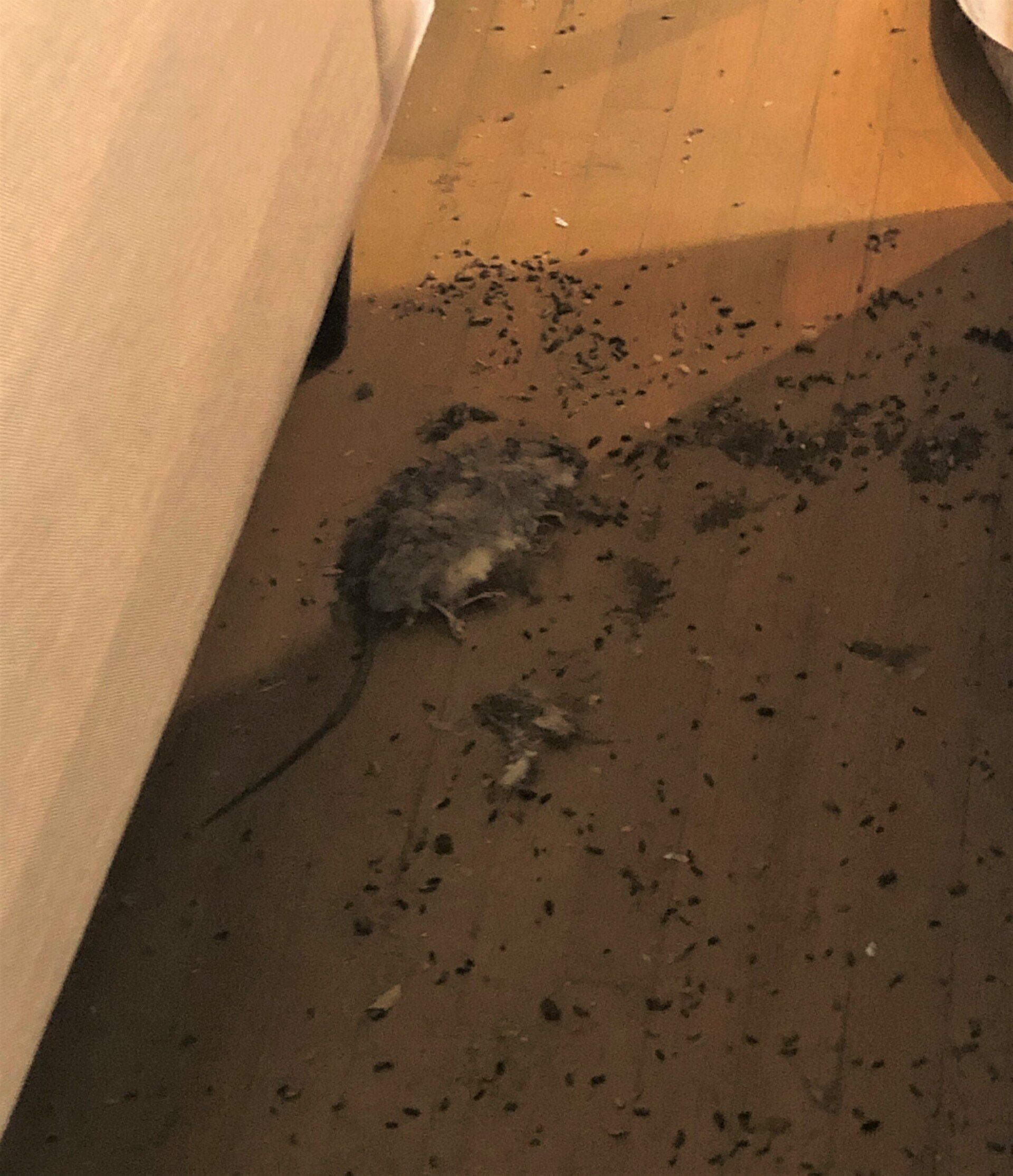
This is to describe the 4 levels of biohazards and the 6 types of biohazards. Biohazard cleanup is important because we could encounter a biohazard anytime anywhere. Learn more here. A biohazard could be anything from animal feces or rancid meat to blood from a crime scene or materials from a laboratory.
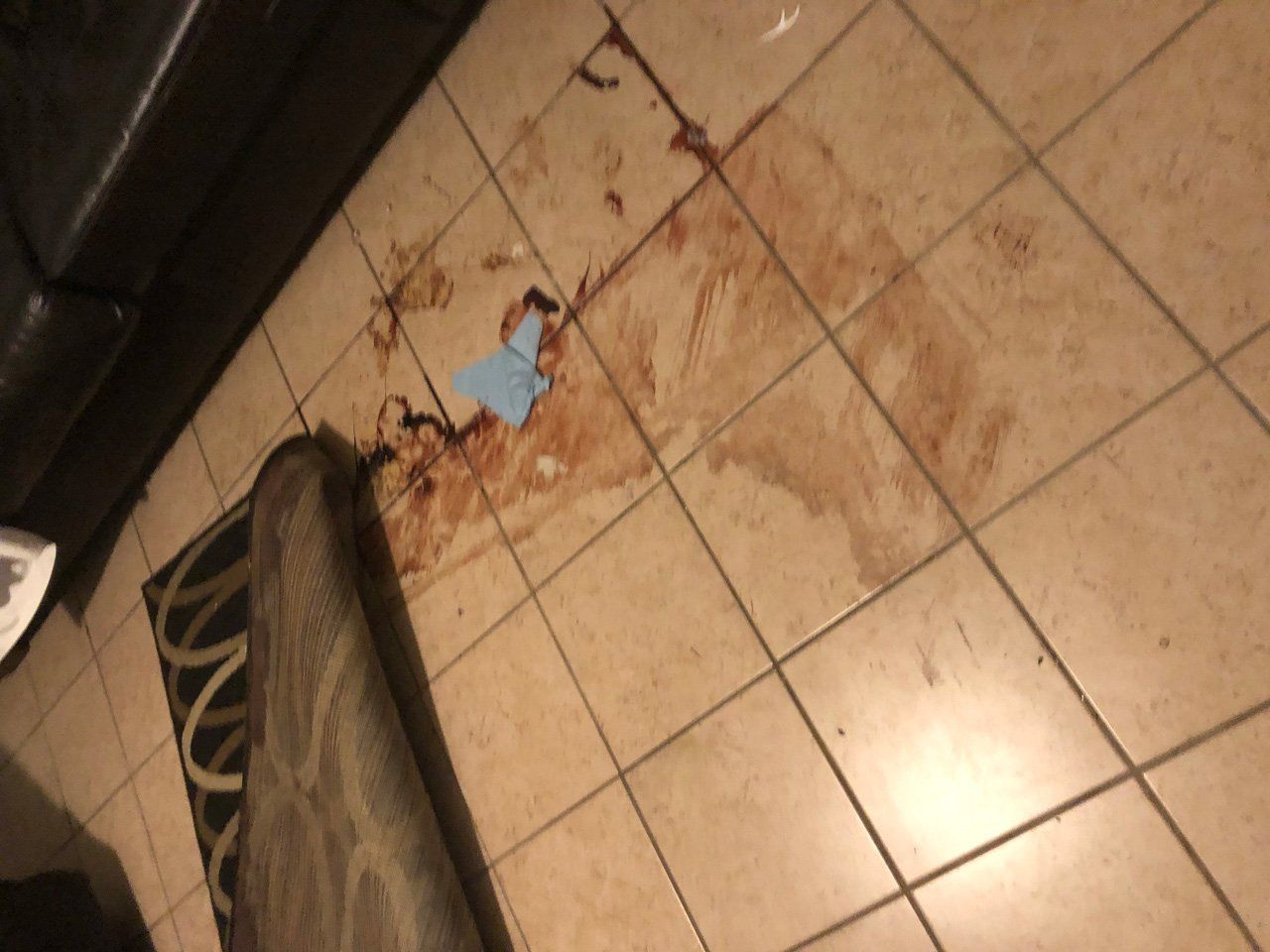
A suicide in New Orleans. Exit cleanup doesn't always get the job but we do all we can to help in any situation. Most of the time, your home owners insurance pays the biohazard cleanup but if the deceased lived in an apartment, it may be something that the property owner may want to pay for. Its sometimes complicated but Exit will help. This situation was difficult because the resident committed suicide and the property owner wasn't available. Long story short , we helped out the sister of the deceased a bit so she could get things sorted and did what we could.
